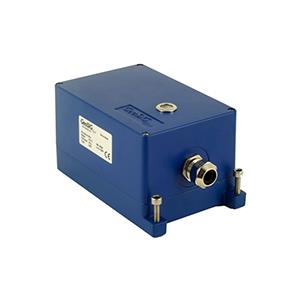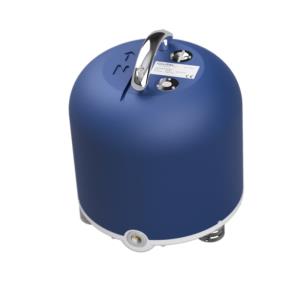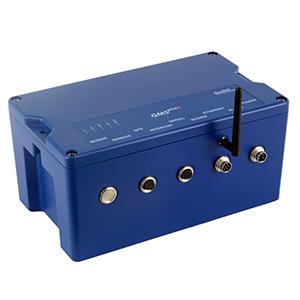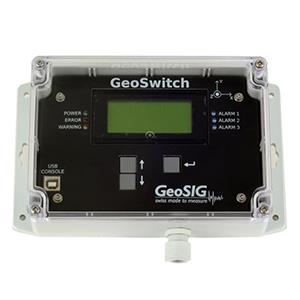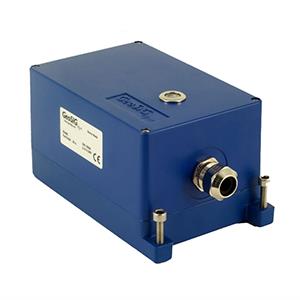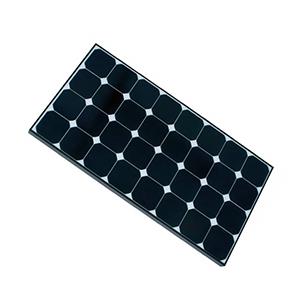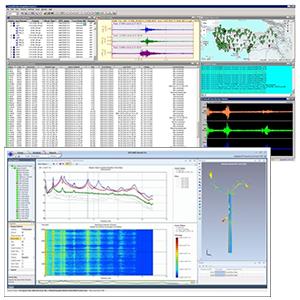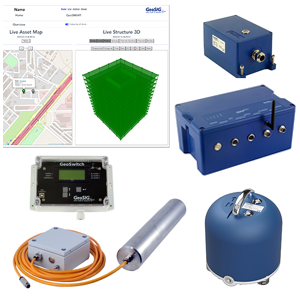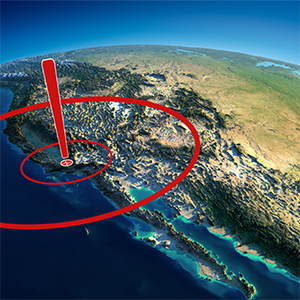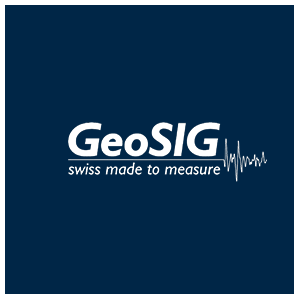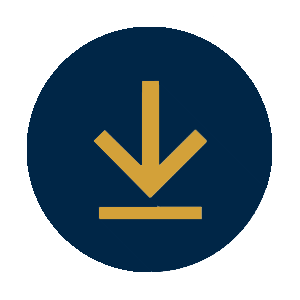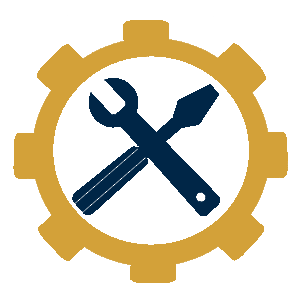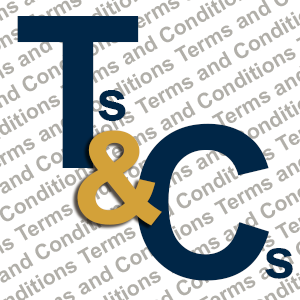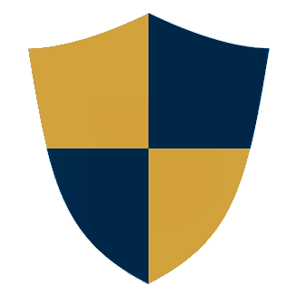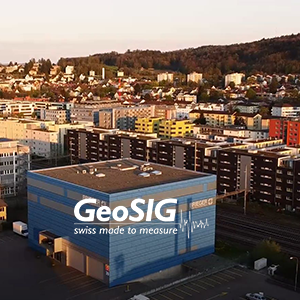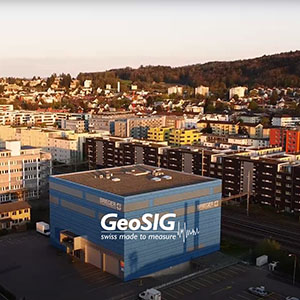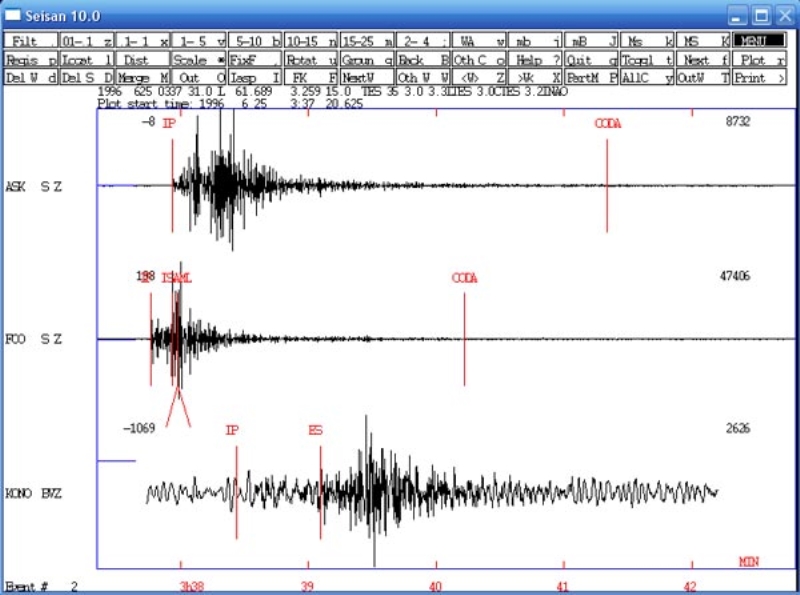GeoSIG SEISAN
Key Features
- Epicenter/Hypocenter location
- Trace plotting, phase picking and spectral analysis
- Plotting epicenters
- Searching in the database
- Extracting events from the database
- Inserting events into the database
- Updating final locations in database
- Making a bulletin
- Reports and statistics
- Waveform file management
- File conversion and modification
- Signal processing
- Calculating b-value
- Automatic phase picking
- Fault plane solution
- Moment tensor inversion
- Calculation of coda q
- Merge events near in time
- Making synthetic seismograms
- Calculation and plotting of travel times
- Tomographic inversion
- Wadati Calculating spectra
- Seismic risk calculations
- Magnitude calculation and relations
- Local Magnitude inversion
- Explosion filtering
- Inversion of travel time data
- Joint hypocenter determination
- Analysis of volcanic earthquakes
- Slowness Analysis
- Surface wave analysis
- Instrument response
- Macroseismic database
- Correlation of waveform signals
- Detection of event clusters
- Product Documents:
- Automatic Seismic Processing with GeoDAS
SEISAN analysis software suite is a complete set of programs and an uncomplicated database for analyzing earthquakes from analog and digital data, by University of Bergen. GeoSIG’s software GeoDAS can automatically link to an existing SEISAN database and can automatically provide all retrieved data from all configured stations into this database in a directly useable format. The system consists of a set of advanced seismic analysis programs operating over a seismic database.
With SEISAN it is possible to use local and global earthquakes to enter phase readings manually or pick them with a cursor, locate events, edit events, determine spectral parameters, seismic moment, azimuth of arrival from 3-component stations and plot epicenters. Using the search programs it is possible to use different criteria to search the database for particular events and work with this subset without extracting the events. Additionally, SEISAN contains some integrated research type programs like codaQ, synthetic modeling and a complete system for seismic hazard calculation.
The smallest basic unit of the database is a file containing original phase readings (arrival times, amplitude, period, azimuth, and apparent velocity) for one event. The name of that file is also the event ID, which is the key to all information about the event in the database. Although the database in reality only consists of a large number of sub-directories and files (all of which the user has access to), the intention is that by using the surrounding software, the user should rarely need to access the files directly, but rather do all work from the user's own directory. Test data and a tutorial are supplied with the suite.
With SEISAN it is possible to use local and global earthquakes to enter phase readings manually or pick them with a cursor, locate events, edit events, determine spectral parameters, seismic moment, azimuth of arrival from 3-component stations and plot epicenters. Using the search programs it is possible to use different criteria to search the database for particular events and work with this subset without extracting the events. Additionally, SEISAN contains some integrated research type programs like codaQ, synthetic modeling and a complete system for seismic hazard calculation.
The smallest basic unit of the database is a file containing original phase readings (arrival times, amplitude, period, azimuth, and apparent velocity) for one event. The name of that file is also the event ID, which is the key to all information about the event in the database. Although the database in reality only consists of a large number of sub-directories and files (all of which the user has access to), the intention is that by using the surrounding software, the user should rarely need to access the files directly, but rather do all work from the user's own directory. Test data and a tutorial are supplied with the suite.


